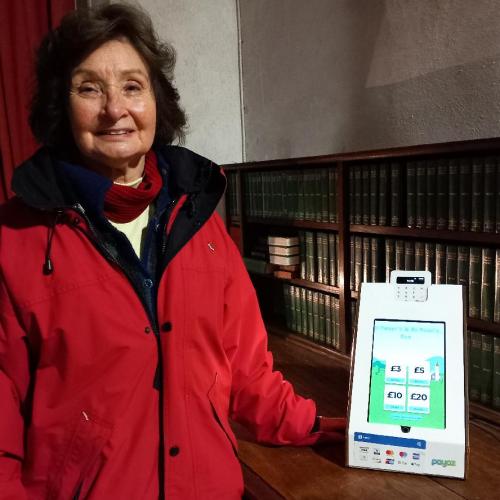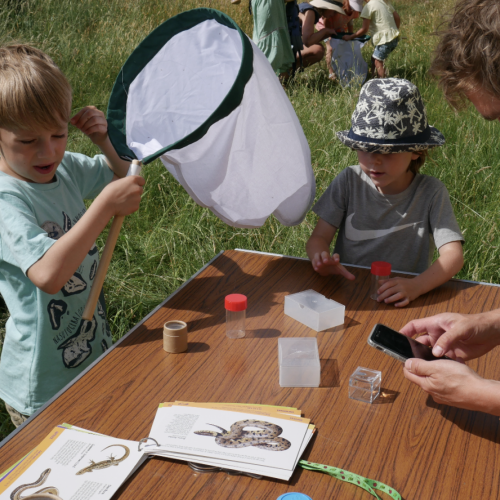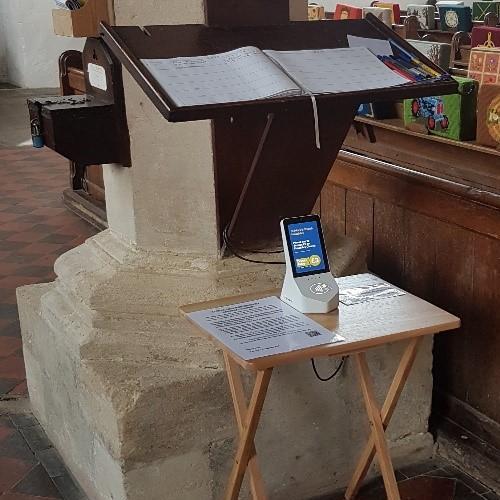Gift Aid
Churches are regarded as charities and can claim back Gift Aid, resulting in 25p being recovered every time an individual donates £1. Resources are available to help parishes claim Gift Aid from HMRC. It is important to regularly check you are within any new rules and the Church of England has provided a series of fact sheets to support you - available here.
There is a great deal of useful information on the Church of England site to help parishes understand Gift Aid and the Gift Aid Small Donations Scheme (GASDS) here. It is now possible to collect Gift Aid declarations verbally and by email.
Gift Aid Small Donations Scheme (GASDS)
The Gift Aid Small Donations Scheme, or GASDS as it’s more commonly known, was introduced in April 2013 to enable charities and churches to claim Gift Aid on small cash donations where no Gift Aid Declaration has been given. For example, contactless donations, in-plate collections, visitor donations in wall safes, cash collected in buckets via street collections and in donation boxes in museums and art galleries.
A Small Donation is a cash donation of £30 or less. HMRC recently allowed contactless card donations of £30 or less (collected on or after 6 April 2019) to be claimed under GASDS. A church can only claim up to a maximum of £8,000 in Small Donations of donated income per tax year per church. The majority of eligible donations will be received as offerings during church services, as loose cash, card payments or regular envelopes without a Gift Aid declaration.
There is a relationship (x10) between the Gift Aided donations and the amount which can then be claimed through the GASDS Scheme from cash donations (includes contactless donations). Therefore, to claim through GASDS, parishes must receive a certain level of Gift Aided donations. See the examples below:
| Gift Aided Donations | Cash Donations | GASDS claim (25% of plate) |
| £100 | £1,000 | £250 |
| £400 | £4,000 | £1,000 |
| £800 | £8,000 (maximum) | £2,000 |
Advice for multiple donations received in a single envelope
If the church/charity official is happy these are clearly separate ‘small donations’ (and clearly stated as such) then they will be eligible for GASDS, as is the case where separate envelopes are used. Churches could also help to make it easier to distinguish such gifts by providing separate collecting plates/donation receptacles reserved for saved-up donations. This could be particularly helpful when regular donors are on holiday or required to miss events/church services for an extended period due to lockdowns or illness.
Answers to common queries
- Small donations received at services with fewer than 10 people can be included for donations received after April 2017, but not prior to this.
- A gift of £30 or less in a regular giving envelope with no Gift Aid declaration is eligible for GASDS claim.
- Cheques and standing orders are not eligible for GASDS claims, nor are text, chip and pin or online giving methods. You can claim on cash and contactless payments.
Please note: This information is intended as guidance only. You should consult HMRC or other professional adviser if you are in doubt as to the Gift Aid regulations.


